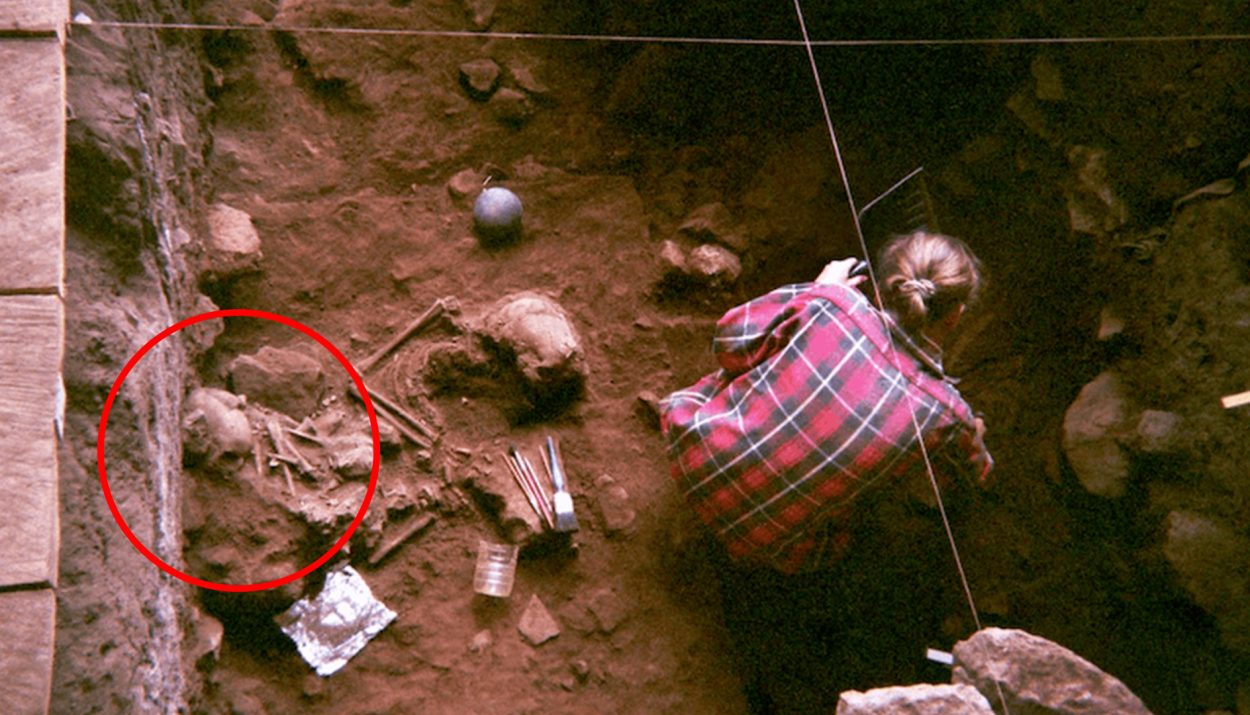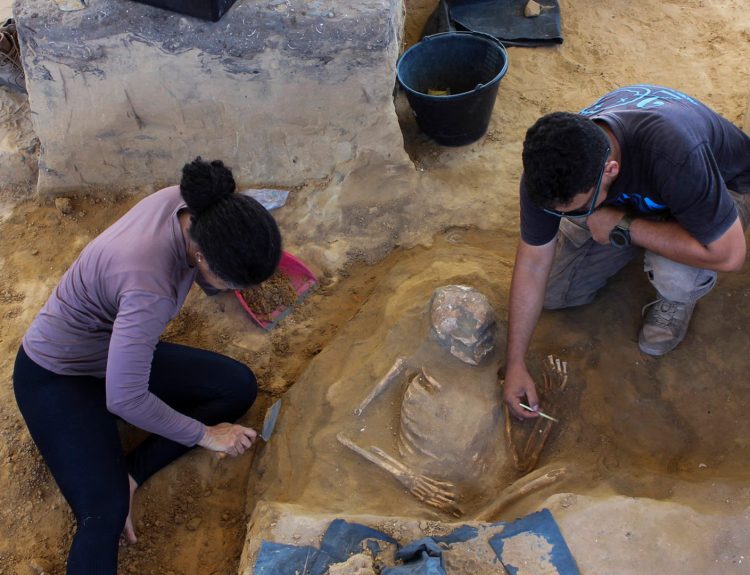DNA analysis is a diverse tool for researchers that can do much more than solve true crimes or reveal paternity. In the field of archaeology, DNA extracted from ancient human remains can paint a clear picture of human evolution, migration, and lifestyle. It can even pull the mask off “ghost populations.”
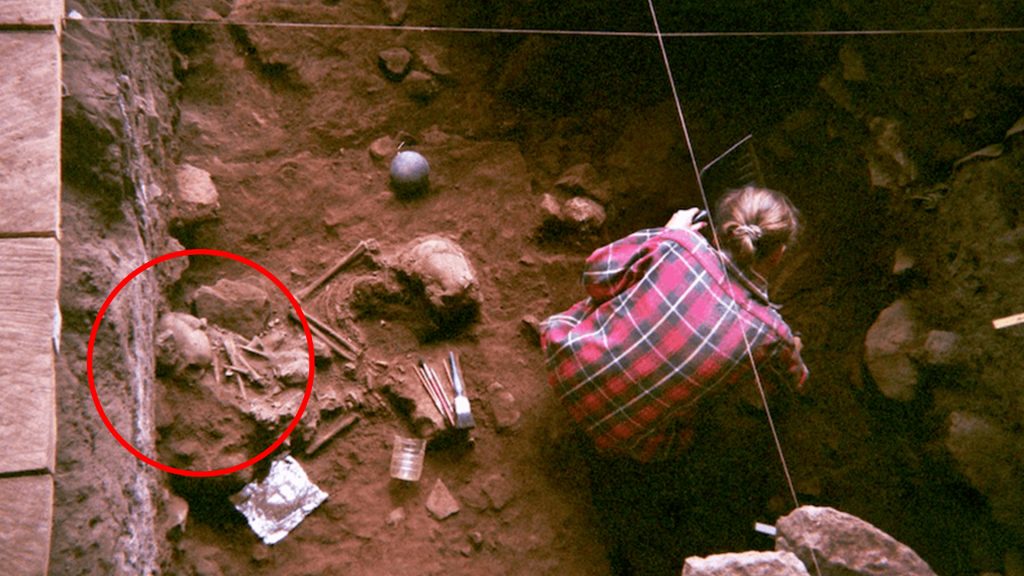
No, the term “ghost population” does refer to the spectral spirits hanging out at the local cemetery. As we will see, it has more to do with unlocking the complex history of humans. And researchers recently found DNA evidence that changes the narrative of mankind’s earliest origins.
When DNA Tells a Different Story
Researchers working at the Shum Laka archaeological site in Cameroon recently discovered the bones of ancient humans that were rich in well-preserved DNA. The presence of the DNA in the bones of four children buried at the site is a remarkable discovery in and of itself.
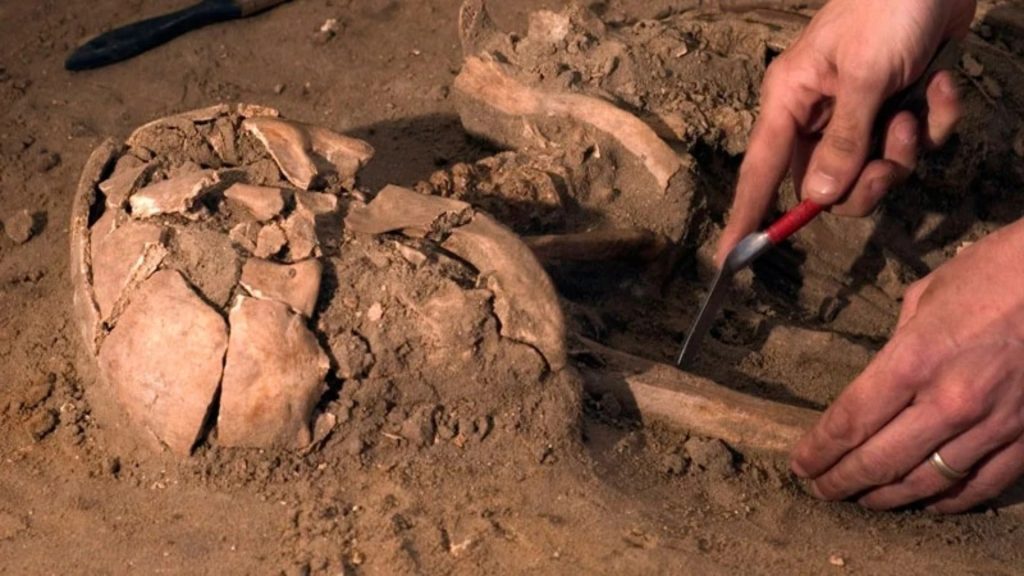
Ancient DNA is not easily extracted from the early human remains of Central Africa. The hot, humid climate is not conducive to preserving fragile DNA, therefore we do not have a complete record of ancient human genetics and migration patterns. Researchers have made some speculation, but they have recently learned that DNA tells a different story.
The Dawn of Humans
As archaeologists and anthropologists tell us, the emergence of Homo sapiens – modern humans – is a story rooted in Africa and spans over the course of hundreds of thousands of years. Fossil and sparse genetic evidence point to the African continent as the cradle of humanity, with Homo sapiens evolving from earlier hominids.
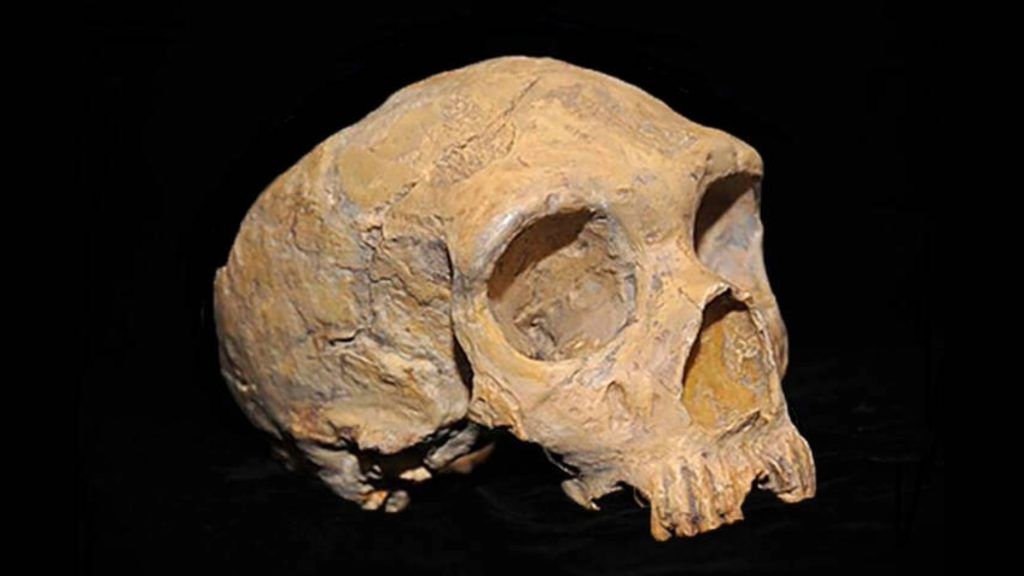
Around 200,000 years ago, Homo sapiens started to exhibit distinct physical and behavioral characteristics that define modern humans. This period of human evolution is associated with the development of sophisticated tools, symbolic thinking, and language capabilities. Language, as we will see momentarily, factors into the recent DNA discovery.
The Spread of Homo Sapiens
The transition from archaic hominids to Homo sapiens involved complex interactions with the environment, adaptation to changing climates, the development of language, and the gradual acquisition of cultural traits. Over time, Homo sapiens dispersed from Africa, gradually populating other parts of the world. At least, this is the simplistic version of events.

DNA analysis has significantly enhanced our understanding of prehistoric human migrations, such as the peopling of continents, the spread of agriculture, and interactions between different cultures. The field of ancient DNA research continues to expand, shedding light on the dynamic and interconnected nature of human migration throughout history. Sometimes, it totally up-ends what we thought we knew.
What Is a Ghost Population?
Although ancient DNA provides insights into the origins of different groups, the routes they took, and their relationships with other populations, sometimes the puzzle is incomplete. There’s where ghost populations come into play. A ghost population refers to an inferred or hypothesized ancient group of humans whose existence is deduced through genetic analysis despite the absence of direct archaeological evidence.
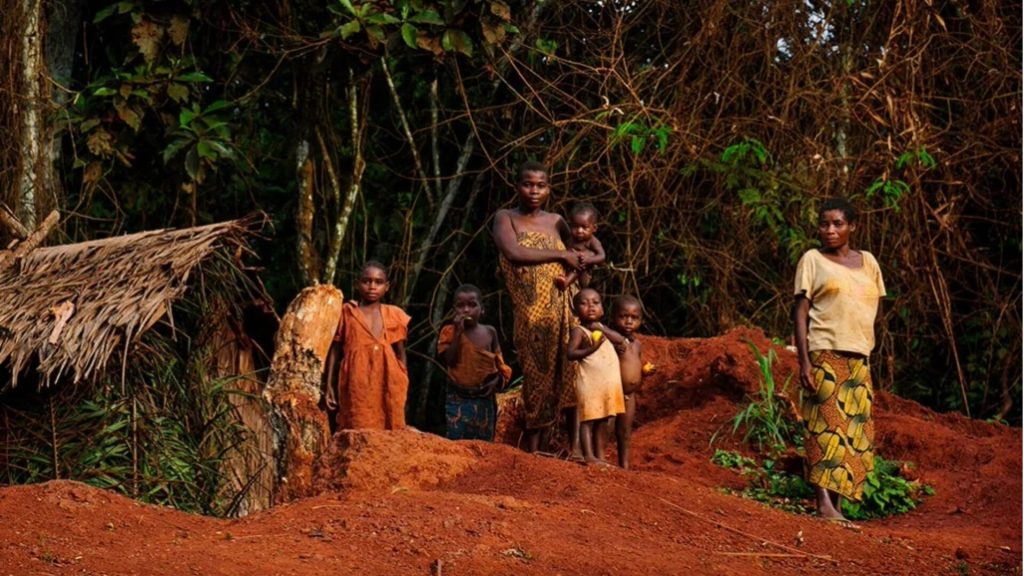
Ghost populations are often identified through statistical modeling and analysis of genetic data, revealing the presence of genetic contributions from an unknown or extinct group. These populations may not leave a discernible archaeological footprint, such as distinctive artifacts or skeletal remains, but their genetic legacy persists in the genomes of contemporary or descendant populations.
The Bantu Language Basin
The Shum Laka site where the new-found DNA was discovered is located in a region called the Bantu Language Basin. This is the birthplace of the Bantu language that forms the linguistic base of many of Africa’s languages. Archaeologists use language as another way to track human migration.
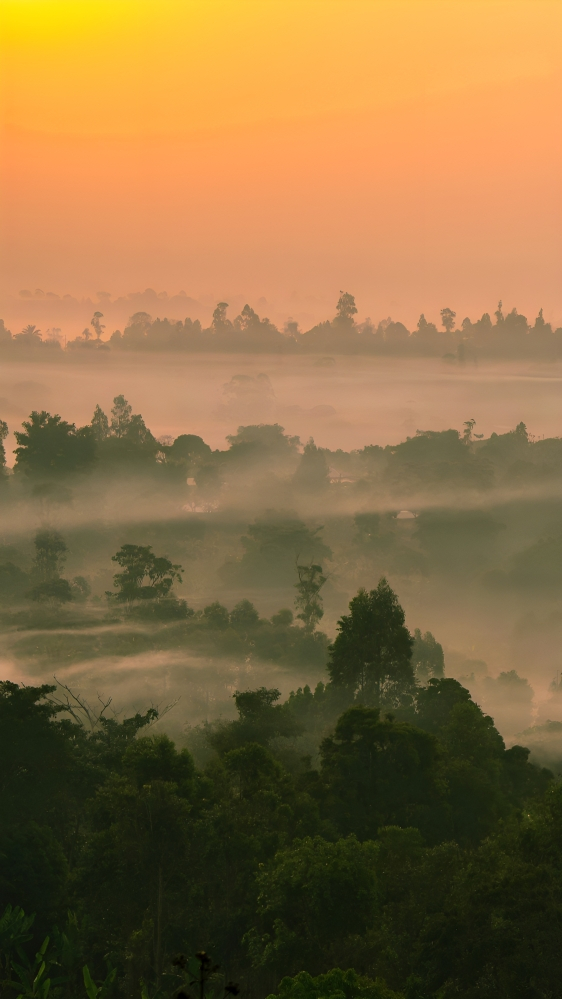
The origin of the Bantu language is traced to a common ancestral language known as Proto-Bantu. Linguists believe that the Bantu-speaking people originated in the region near the border between Nigeria and Cameroon. Over thousands of years, Bantu-speaking communities began a remarkable expansion, known as the Bantu migration, radiating across central, eastern, and southern Africa.
The Newly Found DNA Revealed a Surprise
The DNA collected from the bones of the four children unearthed recently in Cameroon revealed that they were not related to the Bantu-speakers of today. As Dr. Mark Lipson of Harvard University explained, “This result suggests that Bantu-speakers living in Cameroon today do not descend from the population to which the Shum Laka children belonged.”
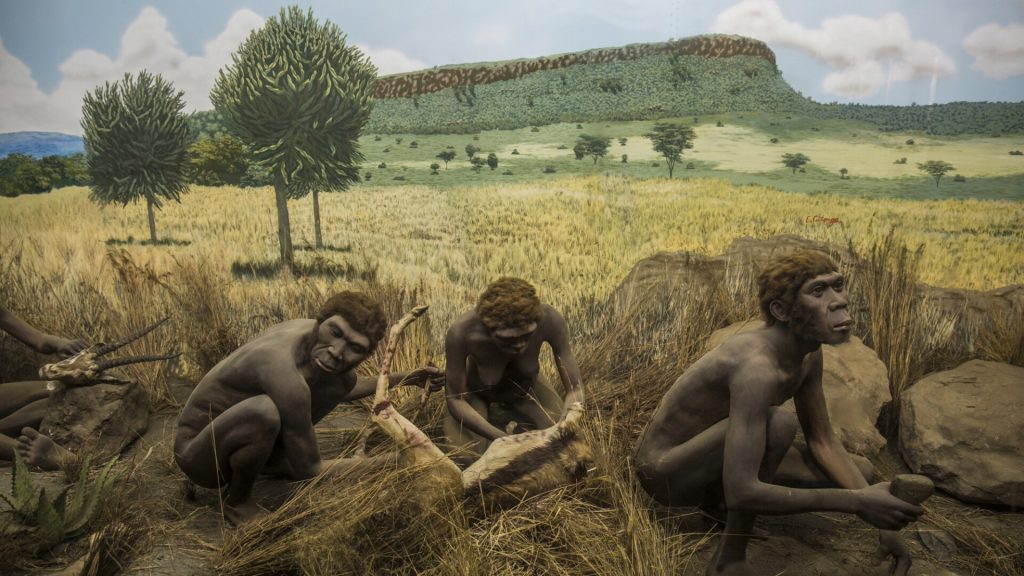
He added, “This underscored the ancient genetic diversity in this region and points to a previously unknown population.” The finding sent researchers in search of more information about this ghost population. They started by comparing the newly found DNA with the DNA of other ancient humans. In doing so, they found a close relative of the Shum Laka children.
Not Bantu, But Pygmies
A DNA comparison shows that the Shum Laka children’s DNA is most closely linked to the Biaka and Aka groups. These hunter-gatherer people were known in the past as “pygmies.” Their nomadic society can be traced to the area of present-day Central African Republic and the Republic of the Congo.

One of the Shum Laka DNA samples carried a rare genetic marker on the Y-chromosome that can be used as an identification signature. This genetic marker still pops up today … almost exclusively in the same region. The finding provides more evidence to support the idea that there are other unknown populations of ancient people waiting to be discovered.
Changing the Timeline
The researchers also compared the DNA of the Shum Laka children against ancient DNA that was collected from bones found in Ethiopia’s Mota Cave. The Mota Cave specimen was determined to be 4,500 years old. The remains of the Shum Laka children are believed to be as old as 8,000 years ago.
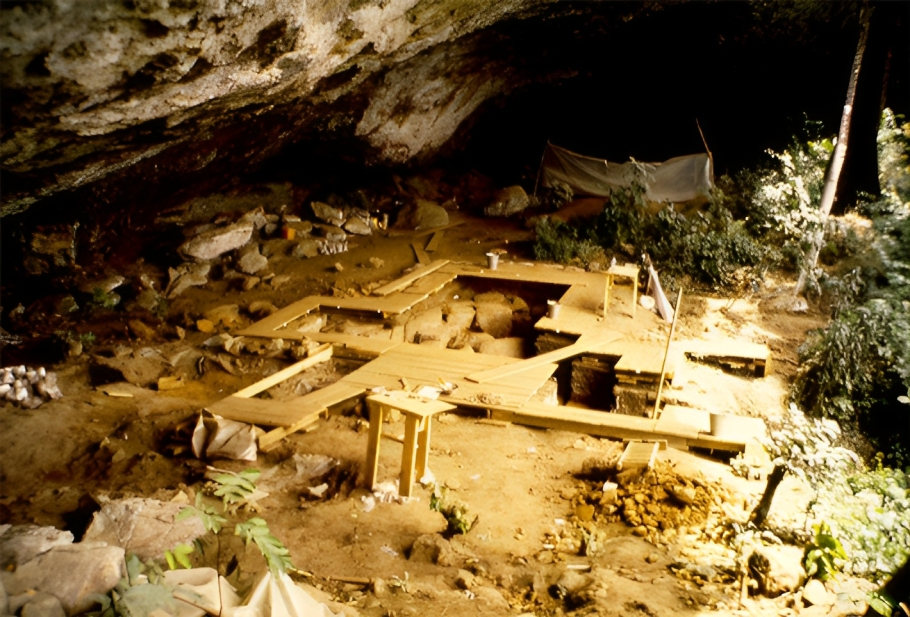
Based on this data and using statistical comparison, the researchers changed the historic timeline for early human activity. The latest model they created, in fact, moves the timeline for the emergence of hunter-gatherer cultures in Central Africa back about 50,000 years.
A Rich and Diverse History
The ghost population DNA finding also reinforces the idea that human’s early history was more diverse and complex than we previously thought. It gives researchers insight into the different groups that once lived in the region before the Bantus.

Dr. David Reich, another researcher on the project, noted that the discovery “emphasizes the power of ancient DNA to lift the veil over the human past that has been cast by recent population movements.”

